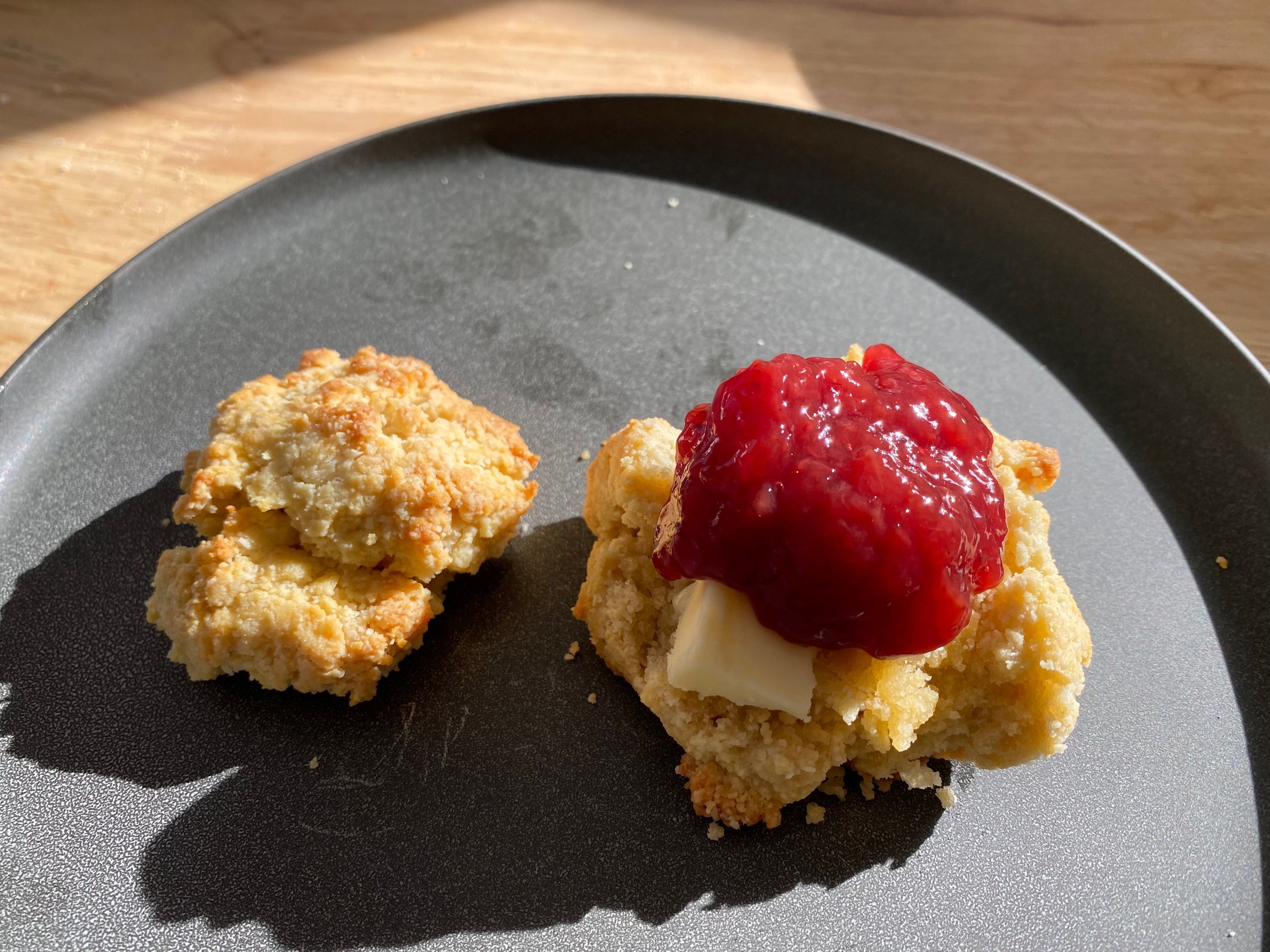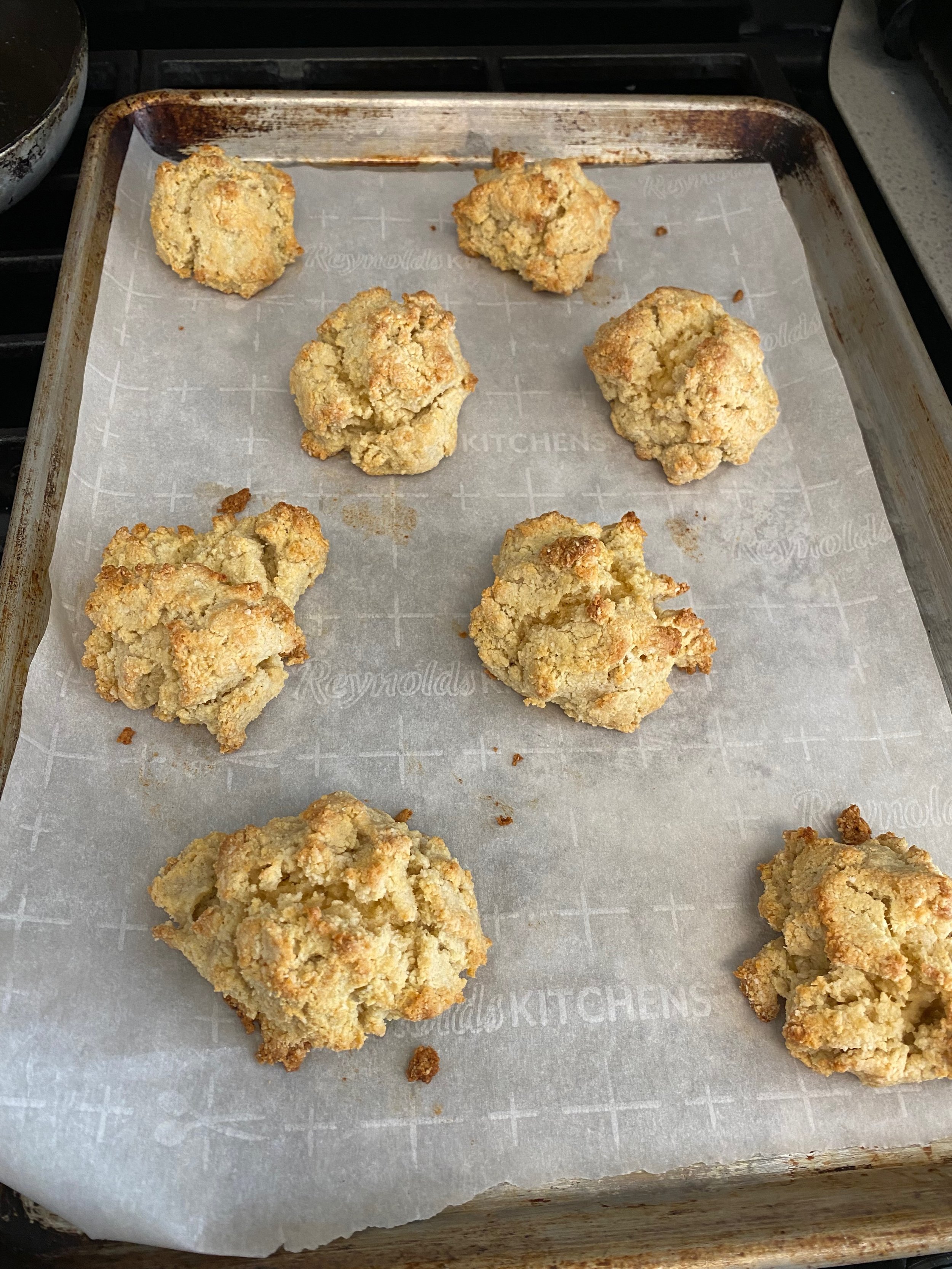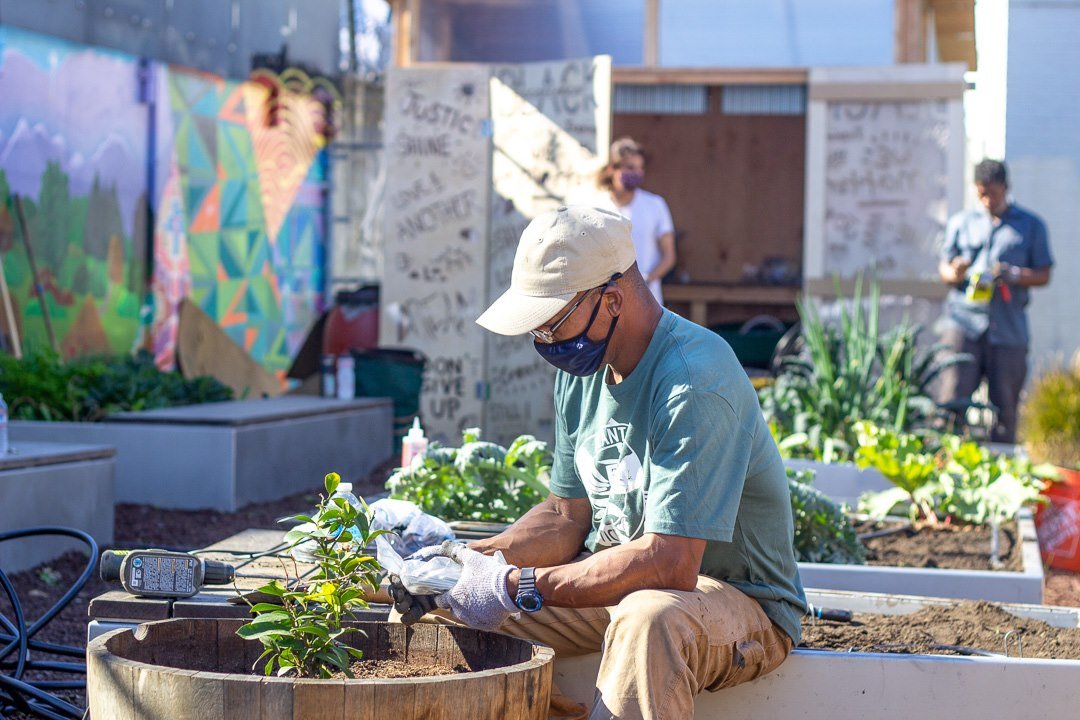by Kelly Knight, Marketing Manager for The Good Table
Image: Kelly Knight
From the Kitchen
Tortilla Espanol or Spanish tortilla is one of Spain's most popular national dishes, and it is pretty much eggs, potatoes and onions cooked gently in olive oil. It’s basically an omelette, but denser, and used as an appetizer or snack.
I ate it fresh out of the pan, but I’m told it’s even better at room temperature. I’d have it with a side green salad, or breakfast meat if you want a heartier meal.
SPANISH TORTILLA
Recipe adapted from The Mediterranean Dish
INGREDIENTS
10 medium eggs
Salt
1 teaspoon sweet Spanish paprika, optional
1 cup extra virgin olive oil
1 ½ lb russet potatoes (or 2 to 3 russet potatoes), peeled, halved and sliced cross-wise
1 large yellow onion, peeled, halved and sliced cross-wise
4 scallions, trimmed, chopped (both white and green portions)
Optional: a handful of greens like baby spinach or baby kale
DIRECTIONS
In a big bowl, whisk together the eggs, salt, and paprika. Set aside for now.
Prepare a 10-inch oven-proof nonstick skillet or a well-seasoned cast iron skillet. Heat the olive oil in the skillet over medium-high heat until shimmering but not smoking.
Add the potatoes, onions, and scallions to the oil (at first, they won't all seem to fit, but with a little stirring, they'll compress as they cook). Lower the heat immediately to medium-low and watch to control the heat and make sure it continues to gently bubble. Cook for 25 minutes, stirring occasionally, until the potatoes are very tender.
Use a heat-safe strainer over a heat-safe bowl to drain the olive oil (reserve the oil aside for now).
Season the potatoes well with kosher salt and add them to the egg mixture in the bowl.
Turn the oven broiler on.
In the skillet, heat 3 tablespoons of the reserved olive oil over medium heat. Pour in the egg and potato mixture, and gently press to even out the top. Reduce the heat to medium-low. Cook until you see the edges of the omelet begin to set and firm up then put the pan under the broiler to finish cooking. Broil for about 5 minutes, watching carefully until the eggs are cooked through and the top of the omelet browns slightly (see notes if you prefer to finish cooking on stovetop).
Allow the tortilla a few minutes before serving.
To serve, invert the tortilla onto a large serving platter (you may need to loosen the edges using a spatula). Cut into 6 slices and serve.
















